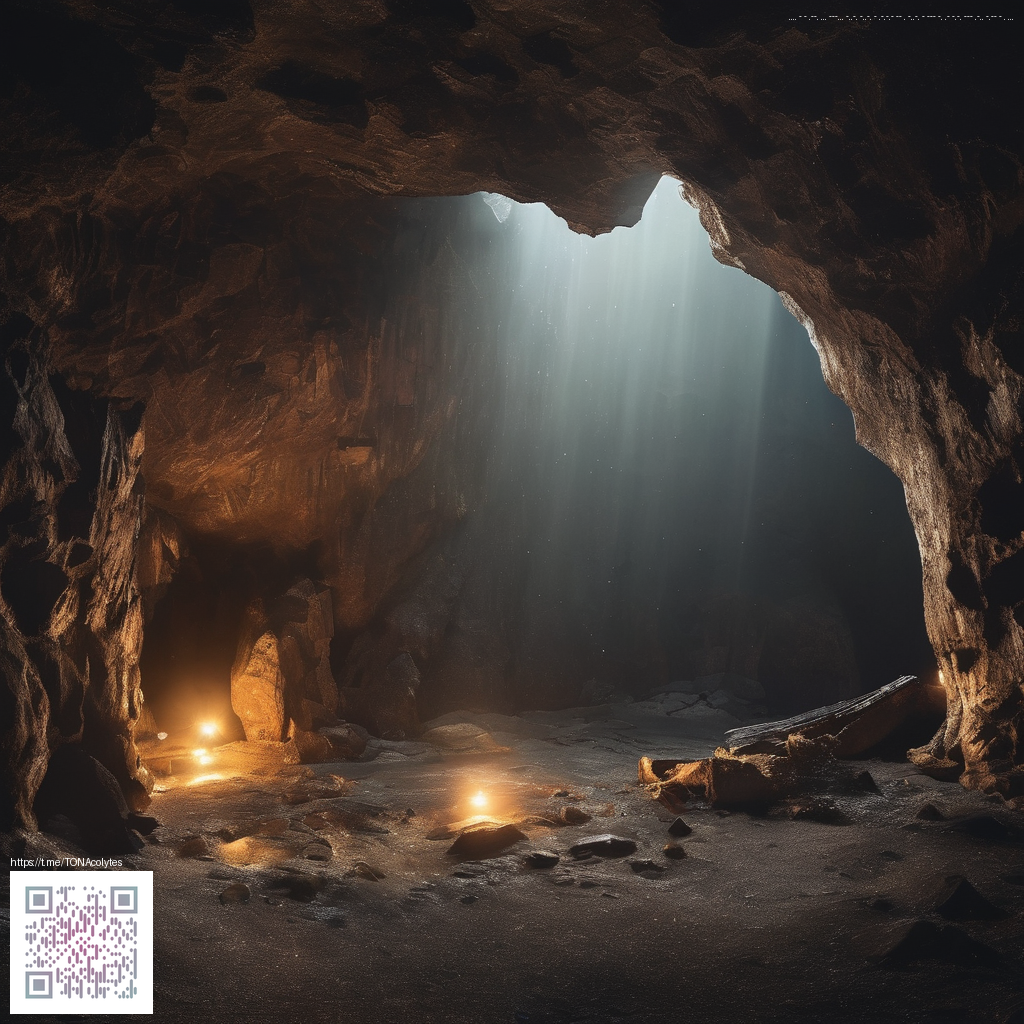
Mastering the Art of Transparency in Digital Paper Design
Transparency is more than a technical setting. In digital paper art, it’s a storytelling device that invites viewers to travel through different planes of color and texture. When you layer translucent shapes, you create a sense of depth—like looking through frosted glass or a veil of summer rain. The result is not just pretty imagery; it’s a vehicle for mood, movement, and meaning. In this guide, we’ll explore practical approaches to harnessing transparency so your pieces feel expansive rather than flat.
Building depth with layered translucency
Think of your composition as a stack of vellum sheets. Each layer can be more or less opaque, allowing light to slightly bend as it passes through. Start with a soft, neutral base and gradually introduce layers with low opacity values. The key is subtlety—even a 5–15% difference between layers can create the perception of distance and air. When you place a brighter focal element near a pale, translucent plane, you guide the eye without shouting for attention.
“Transparency lets you hint at what lies beneath, rather than shouting it out loud.”
Tools and techniques you can use
Digital art programs offer a suite of options to achieve convincing translucency. Consider these core strategies:
- Opacity and layer masks: Dial in gradual transparency with masks so you can fine-tune where light leaks through.
- Blend modes: Modes like Screen, Overlay, and Soft Light can simulate how real materials interact with light when layers overlap.
- Soft edges and feathering: Gentle edges prevent harsh dividers between planes, reinforcing a cohesive transparent effect.
- Gradients and light halos: Use soft radial gradients to mimic light diffusing through translucent surfaces, which adds a dreamy, ethereal glow.
- Color separation and chromatic highlights: Subtly shifting hues across translucent planes can suggest refracted light and depth.
Texture plays a pivotal role too. A paper-like grain or a subtle speckle can make transparency feel tactile rather than purely digital. When the surface texture interacts with the translucent layers, your piece gains realism and a tactile presence that viewers instinctively connect with.
Color theory for transparent layers
Transparency amplifies color interaction. Layers with similar hues can create a unified field, while contrasting colors—particularly a cool base with a warm highlight—can illuminate the composition from within. A muted palette with occasional neon accents can evoke a contemporary, glassy look that remains elegant and readable. Remember to maintain enough contrast between focal points and the surrounding translucent planes so your subject doesn’t vanish into the background.
A practical application inspired by real-world materials
For artists who enjoy blending digital forms with tactile references, consider drawing inspiration from everyday objects that embody transparency. A neon accent on a semi-transparent surface, for instance, can serve as a metaphor for light passing through layered media. If you’re curious to explore a tangible reference while you experiment, you can explore the Neon Card HolderPhone Case MagSafe product page for a sense of how neon brightness interacts with translucent properties in a compact form. You can view the product here: Neon Card Holder Phone Case MagSafe.
Pairing digital transparency techniques with real-world shapes and materials often sparks fresh ideas. A simple rule of thumb is to simulate the way light behaves as it travels through different media: liquid, glass, vellum, or polymer. By considering how light weakens, bends, and disperses, you can craft scenes that feel tangible even in purely digital space.
Workflow tips for consistent results
Consistency comes from a thoughtful workflow. Start with a sketch or rough composition to plan where transparency will guide the viewer’s gaze. Build up your layers deliberately, labeling groups by opacity range (e.g., 0–30%, 31–60%, 61–100%) so you can adjust globally without losing cohesion. Periodically step back and view the piece at various sizes to ensure the translucency reads well on different screens. A final pass with a soft brightness adjustment can unify the piece while preserving the delicate glow of the translucent planes.
As you experiment, you may find that transparency isn’t just a visual trick—it’s a narrative device. It invites curiosity. It suggests what’s visible and what sits just beyond reach, echoing the way memory and imagination work in tandem with our perception of color and light.
Similar Content
For a broader look at curated inspiration and related galleries, visit the source page: https://ruby-images.zero-static.xyz/96d09b3e.html